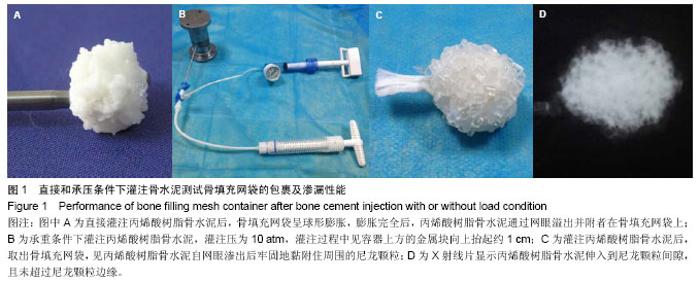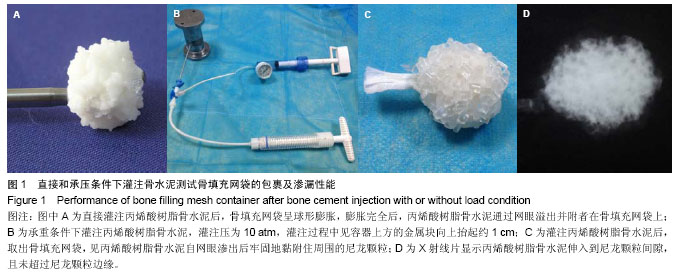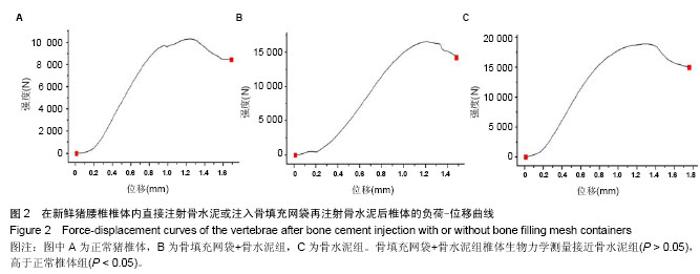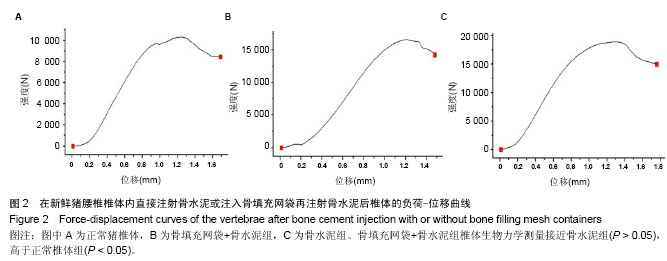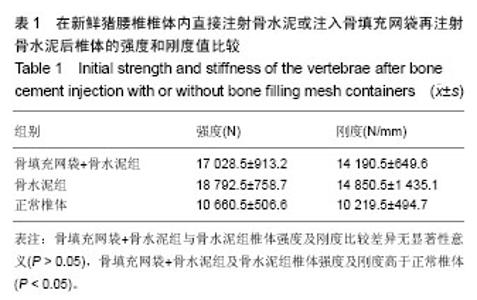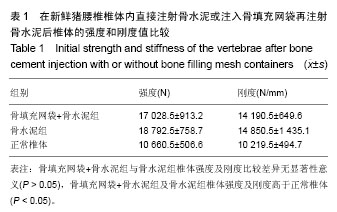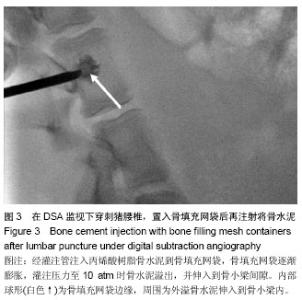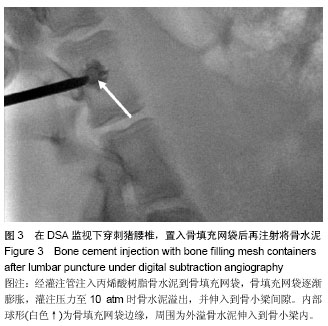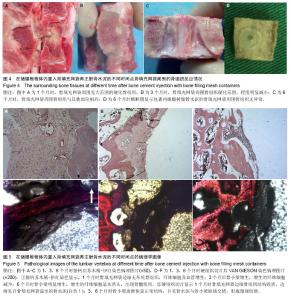| [1] Galibert P,Deramond H, Rosat P,et al. Preliminary note on the treatment of vertebral angioma by percutaneous acrylic vertebroplasty.Neurochirurgie.1987;33(2):166-168.
[2] Anselmetti GC,Corrao G,Monica PD,et al.Pain relief following percutaneous vertebroplasty: results of a series of 283 consecutive patients treated in a single institution.Cardiovasc Intervent Radiol.2007;30(3):441-447.
[3] Hollingworth W,Jarvik JG.Evidence on the effectiveness and cost-effectiveness of vertebroplasty: A review of policy makers' responses.Acad Radiol.2006;13(5):550-555.
[4] Eck JC,Nachtigall D,Humphreys SC,et al.Comparison of vertebroplasty and balloon kyphoplasty for treatment of vertebral compression fractures: a metaanalysis of the literature.Spine J.2008;8:488-497.
[5] Hulme PA,Krebs J,Ferguson SJ,et al.Vertebroplasty and kyphoplasty: a systematic review of 69 clinical studies.Spine (Phila Pa 1976).2006;31:1983-2001.
[6] Yan D,Duan L,Li J,et al.Comparative study of percutaneous vertebroplasty and kyphoplasty in the treatment of osteoporotic vertebral compression fractures.Arch Orthop Trauma Surg.2011;131(5): 645-650.
[7] Tzermiadianos MN,Renner SM,Phillips FM,et a1.Altered disc pressure profile after an osteoporotic vertebral fracture is a risk factor for adjacent vertebral body fracture.Eur Spine J. 2008;17(11):1522-1530.
[8] Adams MA,Pollintine P,Tobias JH,et al.Intervertebral disc degeneration can predispose to anterior vertebral fractures in the thoracolumbar spine.J Bone Miner Res.2006;21(9): 1409-1416.
[9] 孙钢,金鹏,易玉海,等.椎体后凸成形术治疗老年骨质疏松性椎体压缩骨折[J].介入放射学杂志,2006,15(7):410-412.
[10] 刘训伟,魏岱旭,彭湘涛,等.经皮椎体后凸成形术在治疗骨质疏松性椎体压缩骨折中恢复椎体高度局限性的观察及机制探讨[J].医学影像学杂志,2013,23(9):1457-1460.
[11] 陈惠国,陈锦平,梁海萍,等.骨水泥注射量对胸腰段椎体后凸成形术后并发再骨折的回顾性研究[J].中国骨伤,2012,25(8):681-683.
[12] Dalton BE,Kohm AC,Miller LE,et al.Radiofrequency-targeted vertebral augmentation versus traditional balloon kyphoplasty: radiographic and morphologic outcomes of an ex vivo biomechanical pilot study.Clin Interv Aging.2012;7:525-531.
[13] 丁洋凯,刘惠利,刘科宇,等.正常成人腰椎间隙、椎体和腰长的X线测量[J].吉林医学院学报:自然科学版,1994,14(1):24-26.
[14] Lieberman IH,Dudeney S,Reinhardt MK,et al.Initial outcome and efficacy of "kyphoplasty" in the treatment of painful osteoporotic vertebral compression fractures. Spine (Phila Pa 1976).2001;26(14):1631-1638.
[15] Belkoff SM,Mathis JM,Jasper LE,et al.The biomechanics of vertebroplasty. The effect of cement volume on mechanical behavior.Spine (Phila Pa 1976).2001;26(14):1537-1541.
[16] Damy SB,Camargo RS,Chammas R,et al.Fundamental aspects on animal research as applied to experimental surgery.Rev Assoc Med Bras.2010;56(1):103-111.
[17] 侯昌龙,吕维富,张学彬,等.经皮穿刺骨水泥注射防治股骨头坏死关节面塌陷实验研究[J].医学影像学杂志,2006,16(10): 1097-1101.
[18] Gaitanis IN,Carandang G,Phillips FM,et al.Restoring geometric and loading alignment of the thoracic spine with a vertebral compression fracture:effects of balloon(bone tamp)inflation and spinal extension.Spine J.2005;5(1):45-54.
[19] Kim MJ,Lindsey DP,Hannibal M,et al.Vertebroplasty versus kyphoplasty: biomechanical behavior under repetitive loading conditions.Spine (Phila Pa 1976).2006;31(18):2079-2084.
[20] 尚喜福,汤亭亭,戴尅戎.TCP-PMMA骨水泥-骨界面强度变化的研究[J].医用生物力学,2006,21(2):111-114.
[21] Graham J,Ries M,Pruitt L.Effect of bone porosity on the mechanical integrity of the bone-cement interface.J Bone Joint Surg Am.2003;85-A(10):1901-1908.
[22] Klezl Z,Majeed H,Bommireddy R,et al.Early results after vertebral body stenting for fractures of the anterior column of the thoracolumbar spine.Injury.2011;42(10):1038-1042.
[23] Otten LA,Bornemnn R,Jansen TR,et al.Comparison of balloon kyphoplasty with the new Kiva® VCF system for the treatment of vertebral compression fractures.Pain Physician. 2013;16(5): E505-512.
[24] Bornemann R,Otten LA,Koch EM,et al.Kiva® VCF Treatment System - clinical study on the efficacy and patient safety of a new system for augmentation of vertebral compression fractures. Z Orthop Unfall.2012;150(6):572-578.
[25] 孙钰,吴乃庆,曹晓建,等.硅胶薄膜囊预防椎体后凸成形术中骨水泥渗漏的实验研究[J]. 中国骨与关节损伤杂志, 2007,22(11): 913-915. |
